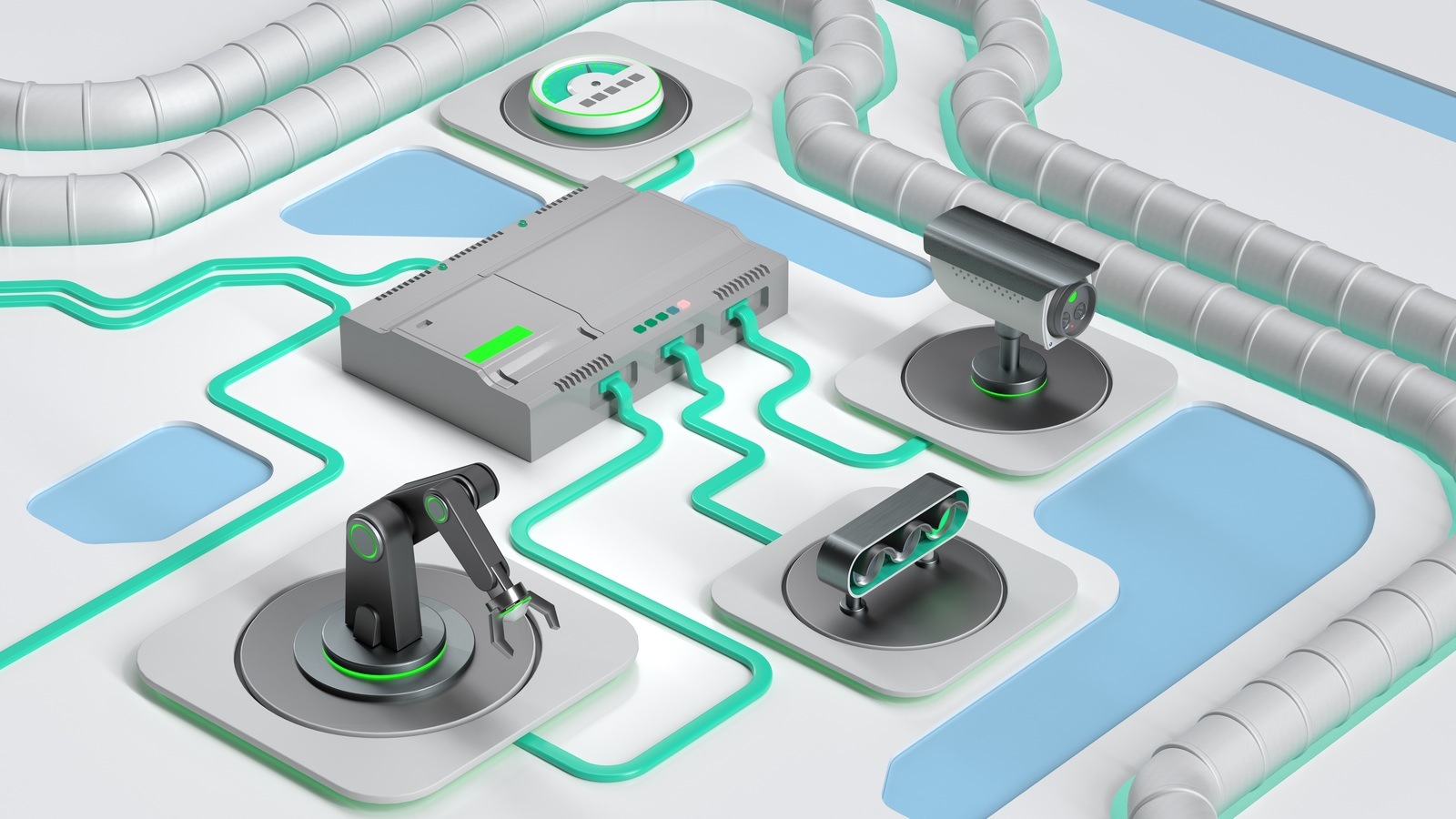To become dominant, every technology needs to find its spark.
For cloud computing, it was the explosion of software-as-a-service and mobile devices. Today, there are more than 5.3 billion mobile phone users in the world, meaning nearly seven out of every 10 people on Earth are downloading data and information from networked servers built specifically for high-speed downloads.
The upcoming edge computing era has its own killer app: the Internet of Things. But rather than being dominated by downloading data, IoT’s needs point in the opposite direction. Companies with billions of devices now need to upload massive amounts of data. And that data needs to be processed and analyzed as close as possible to its point of origin, with an eye on minimizing decision latency, reducing the consumption of costly internet bandwidth and ensuring autonomy, security and privacy. With these drivers in play, the edge and IoT present a hand-in-hand solution.
One of the best examples is computer vision, a field of AI that enables computers to interpret and understand digital images. By analyzing streaming video feeds from various situations, AI models can deliver insights including identification (for demographics or surveillance of people), recognition for objects such as license plates or weapons, and valuable information to drive outcomes such as improved quality control, predictive maintenance and safety. The bandwidth-heavy analysis is done locally at the edge, and only critical events — “this person looks suspicious” or “this machine is about to fail” — are backhauled to trigger other systems.
Predictive maintenance also forms the basis of another critical use case in IoT: deploying AI at the edge to analyze vibrations in key oil and gas equipment like pumps, compressors and motors. It’s not uncommon for the data sampling rates to surpass 1,000 times a second, and sometimes reaching 8-10 times that often to get the kind of visibility that companies need to predict machine failures. Continuously streaming that much data to a centralized data center is cost-prohibitive, so it makes more sense to deploy AI models alongside the equipment to review the vibration data in real-time. If the model senses a part is about to fail, they can then transmit the information for someone to confirm and send a technician.
IoT and the Edge Will Create New Industries
Just as entire industries sprang up to take advantage of the internet and cloud computing, the rise of IoT at the edge will also bring about the rise of hardware and software companies to support it. Hardware manufacturers and silicon providers will provide processing power, telecom companies will deliver and manage connectivity, and software vendors will create IoT frameworks and applications. The complexity of the task is significant, so it makes sense for leading companies to build their products and services on top of open, standardized infrastructure as we have seen in the IT world for some time.
The amount of data generated at the edge also creates new challenges for security and data analysis. Software must be kept up to date to ensure accurate data, and in the most extreme case, avoid total failure of critical systems in the field that can lead to major losses in production or even risk personal safety.
Edge computing presents organizations with a significant opportunity to extend the lessons we have learned in the cloud over the past decade back into on-prem environments where IoT use cases merge the physical and digital worlds. By leveraging edge technologies to collect and analyze IoT data, organizations can improve the efficiency of their operations while ensuring business continuity, that their data is secure and their employees are safe.


